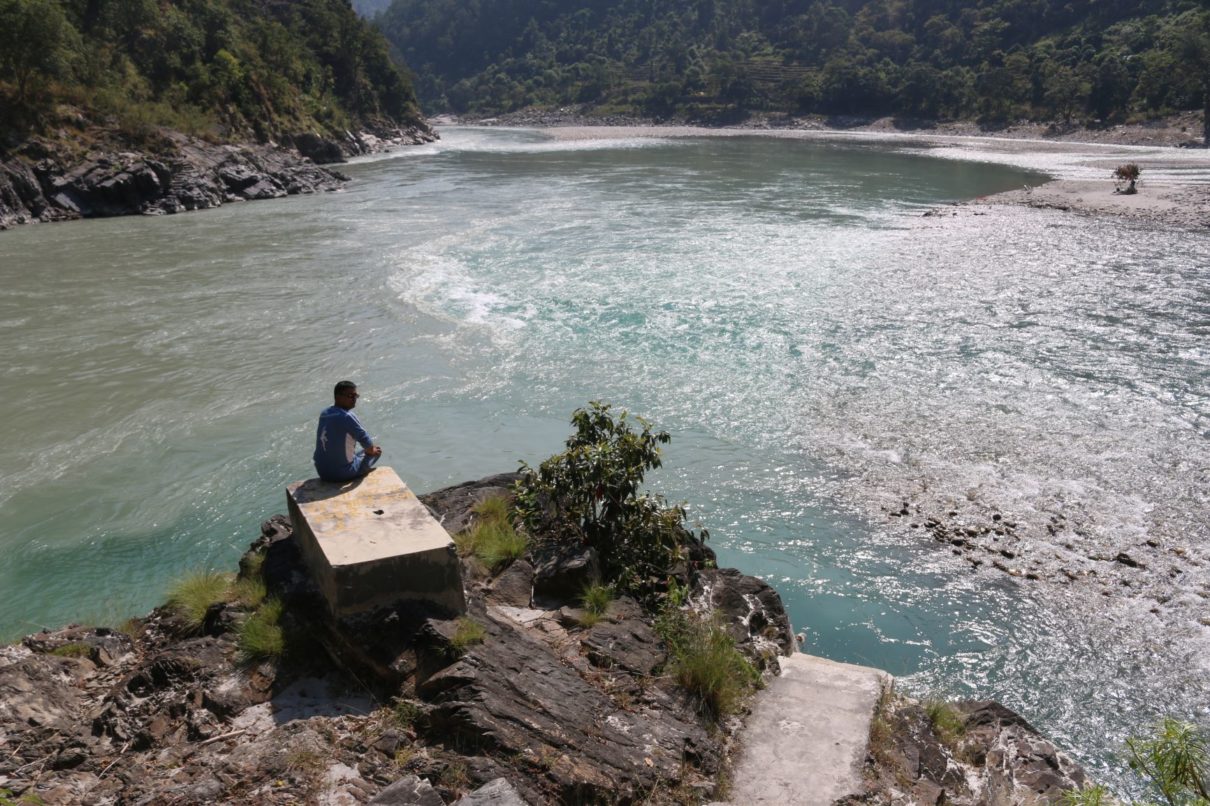18 July 2022: Grandhi Mallikarjuna Rao (GMR) gets two more years from the Deuba government for completing the financial management of a much lucrative, export-oriented 900-MW Upper Karnali Hydropower Project, virtually legitimizing the Indian company’s years-long hold onto the project.
8 April 2022: The government scraps the license issued to the China Gezhouba Group Corporation, a Chinese state-owned entity, for the development of a 1200-MW Budhi Gandaki hydropower project, in an indication of further muddying of Budhi Gandaki waters. Interestingly, the government has decided to develop the national pride project on its own. However, it will be no surprise if this scrapping is part of government efforts to literally ‘gift’ the project to a neighboring company that is closer to its heart. Now, a look into some decisions of the predecessor of the Deuba government. In its dying moments, the KP Sharma Oli government, much touted for its ‘patriotic’ orientation, took a major decision. That takes us to 11 July 2021. On that day, the Investment Board Nepal (IBN) and SJVNL, an Indian state-owned entity, signed a memorandum of understanding for the development of a 679-MW Lower Arun hydroelectric project located in Sankhuwasabha and Bhojpur districts. Two days later, with its last mission of the tenure accomplished (perhaps), the Oli government would become history. 11 May 2018: Prime Minister KP Sharma Oli and his Indian counterpart Narendra Modi lay the foundation stone for the export-oriented Arun III Hydropower Project (900MW), located in Sankhuwasabha, remotely from Kathmandu. The gifting of Nepal’s lifelines to the dear neighbor in a very very opaque and controversial manner, despite public protests against the sellouts, is nothing new. It has been continuing unabated since the handover of the Koshi and the Gandaki after the political changes of the 1950’s that abolished the Ranarchy and ushered the country in an era of ‘multiparty democracy with constitutional monarchy’. During its 30-year rule after the royal coup, the Panchayat regime somehow managed to hold onto the Karnali and the Mahakali, despite tremendous pressure for handover of these lifelines from New Delhi. But right after the political changes of the 1990’s that put an end to the Panchayat regime and restored multiparty democracy with constitutional monarchy, the Nepali Congress-headed government gave away the Mahakali river despite public protests, making analysts wonder if the reluctance to gift the Mahakali proved to be the death knell for the Panchayat regime. In the wake of tremendous pressure from India, the United Kingdom and the United States, the ‘sovereign Parliament’ endorsed the much controversial Mahakali Treaty with a two-third majority through unethical practices like horse-trading and splitting of a party, turning the legislature into the foreign masters’ ‘rubber stamp’. Even after the 2005’s political changes that made way for a federal secular democratic republic of Nepal, the sellout of our lifelines continues. In a short span of time, Nepal has lost more of her lifelines through Upper Karnali, Arun III, Lower Arun, Arun IV, West Seti and Seti VI deals, while governments should have focused on reclaiming Nepal’s water sovereignty lost through above-mentioned deals, which have severely weakened Nepal’s national sovereignty. Worldwide, inter-state tensions over freshwater sources are rising. The Mekong river is a case in point, so is the Nile and so is the Brahmaputra. Just recently, Bhutan has said ‘Thanks but no thanks’ to the Indian proposal to jointly harness the Sunkosh river, highlighting once again that countries like Nepal should harness natural resources by taking their national needs into account. Worldwide, prices of oil and gas have been rising, pushing prices of goods and services northwards and proving once again that increasing reliance on fossil fuel will end up bleeding the world economy. Despite this, governments of different hues and shades in Nepal seem hell bent on selling our lifelines for a pittance and increasing the import and consumption of oil and natural gas, whose prices have never been stable. The government nod for the construction of two more pipelines comes at a time when the country is already in dire straits and dues to the Indian Oil Corporation, the soil supplier of oil and natural gas, are mounting and giving rise to fears that mounting fuel bill may become the ultimate debt trap for Nepal. Who will rein in on our governments? Who will save Nepal from a looming debt trap? It is a given that student unions will not hit the streets against anti-Nepal moves like these and compel the government of the day to do a rethink as they have to do the bidding of their political masters. ‘Public intellectuals’ may not voice their concerns about matters like these for reasons best known to them. The House is a rubber stamp, always at the service of a majority, manufactured or gotten through a popular mandate. The judiciary is on deathbed, so expecting it to do something about the matter will be far-fetched. Many mass media outlets have vested interests to serve. That leaves us with the Presidential Palace. Can a hard-pressed Sheetal Niwas do something about it and save us all from a looming debt trap?











